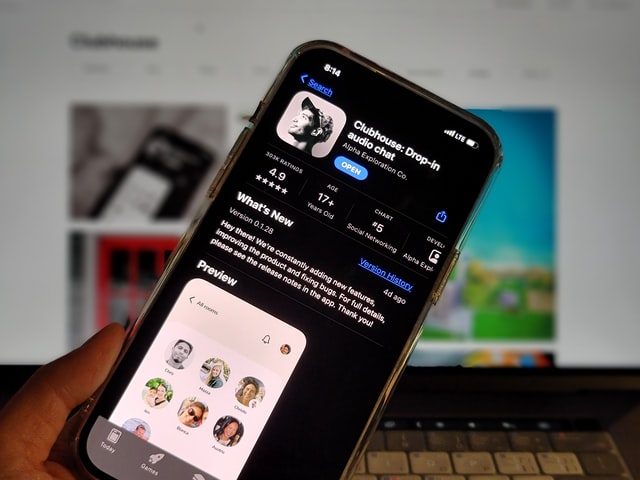What is an NFT?
An NFT is a non-fungible token. But what exactly does non-fungible mean? A good or commodity is fungible if its individual units are interchangeable and indistinguishable. For example, if you went to the grocery store, paid in cash, and needed five dollars in change, you wouldn’t care whether the cashier gave you one $5 bill or five $1 bills. You also wouldn’t care whether they gave you the $5 bill at the top of the stack, the bottom of the stack, or if they pulled the bill out of their pocket (which would be a little weird, but this is a hypothetical). Regardless, in each scenario you’re still leaving the store with $5, because money and currency are typically fungible. Each individual unit is interchangeable with, and indistinguishable from, another unit. On the other hand, if you ordered a Picasso painting off Amazon and instead received a third-grader’s art project, you probably wouldn’t be too happy. Although both are pieces of art, the paintings don’t have the same value, and they’re not interchangeable. In other words, the paintings are non-fungible.
An NFT is a digital certificate of ownership for a one-of-a-kind cryptographic asset that cannot be interchanged with another item. NFTs can be sold and traded online and are maintained and protected in a digital ledger, known as blockchain. In other words, NFTs allow people to own and trade digital assets, as opposed to physical, tangible assets. Examples of NFTs include photos, videos, digital artwork, and Tweets; but the cryptographic tokens can be attached to virtually any digital file. When an NFT is encrypted, it’s assigned a unique digital hash. This process ensures that each NFT is truly one-of-a-kind. Richard Yao, Manager of Strategy and Content at IPG Media Lab, describes this process best: “In a way, NFTs are like the serial numbers that a luxury brand would issue for each of their products to verify their authenticity.” However, there’s no central authority that issues and regulates NFTs. Instead, a decentralized, open-source blockchain, such as Ethereum or Solana, circulates and verifies most NFTs. When someone buys an NFT, their unique identifier gets encrypted into the token to keep track of ownership changes. This ownership information is then distributed across the entire network, so anyone with access to the blockchain can see it. However, only the owner can access the NFT with their unique cryptographic key.
NFTs create scarcity in the digital world, and because they’re easily tradable, they can quickly become valuable. Bridge Oracle CEO Sina Estavi purchased Jack Dorsey’s first Tweet after a bidding war for $2.9 million. Lindsay Lohan minted her own token, an image of her face, which originally sold for $17,360 but then resold for over $57,000. She also sold her electronic music comeback single “Lullaby” for over $85,000. And “Charlie Bit My Finger” recently sold for over $760,000.
Big firms are also joining the NFT craze as seen by Visa’s recent purchase of a CryptoPunk for nearly $150,000. These events have further driven speculation on the price and usage of such digital assets. “We think NFTs will play an important role in the future of retail, social media, entertainment, and commerce,” stated Cuy Sheffield, Head of Crypto at Visa, in a recent blogpost.
Why is marketing important for NFT success?
NFTs can become very valuable, very quickly. NFT’s are more popular than ever before, and if you want the highest bids, you’ll need a comprehensive NFT marketing strategy to promote your work and generate buzz around your projects. Because of the increase in popularity, the NFT market is flooded and crowded, increasing competition amongst sellers and resellers. If you want your pieces to sell, and especially if you want to sell for a high price, you need to differentiate yourself and show people why they should desire your work. You also need to spread the word and make it easy for people to access your work. This is where your marketing strategy steps in. Marketing is all about creating demand, identifying and communicating with a target audience, and guiding that audience towards your ultimate goal, which in this case is a bid on your NFT. However, before you start promoting a specific NFT, you need a strategy, or a roadmap, to ensure you're optimizing your resources and getting the most growth from your NFT marketing efforts.
A guide to creating an NFT marketing strategy
If you already have some experience with marketing, you can skip this part and head straight to NFT marketing strategies. However, if marketing is as foreign to you as an NFT is to my grandma, then this section is designed for you! If you want your NFT to be as successful as possible, you need to promote it to the right people, on the right platform, at the right time. You need to get into the mind of an NFT bidder or buyer, and determine how they move through the buyer’s journey, what channels they use, the content they like to consume, and the best ways to interact with them. This may sound complicated, but we can break it down into three simple steps:
- Identify your target audience
- Determine the best channels to connect with your audience
- Create content for all stages of the buyer’s journey
Identify your target audience
One of the biggest mistakes marketers make is attempting to promote their products to everyone, everywhere. This can be a tremendous waste of resources and it doesn’t allow you to form close relationships with the people who are most likely to purchase what you're selling. If you don’t know who your audience is, how can you connect with them and convince them to buy your NFTs? You wouldn’t want to send an advertisement for baby clothes to a single young adult who doesn’t have kids. You also probably wouldn’t send it to empty-nesters. Both segments will find your messaging irrelevant. You want to be strategic and limited when identifying your target audience, especially if you have constrained resources.
The same principle holds true for marketing an NFT. You need to determine who is most likely to buy your work. This process will be different for everyone, but here are some questions to guide you:
- What type of work do you produce?
- How often do you produce work and how large is your collection?
- What is the subject or aesthetic of your work?
- What communities are you already a part of?
- Have you already built a following on any social channels? If so, who’s engaging with you?
- Have you sold any work yet? If so, who bought it, and for how much?
Growth Channel’s free user persona template helps you identify and organize your target audience
It is important to note that your target audience may be made up of a few different segments, or groups of people that share similar characteristics. For example, some of McDonald’s segments include teens who want a place to hang out after school, businesspeople who want a convenient way to get breakfast on their way to work, and busy individuals who value quick and cheap meals.
Determine the best channels to connect with your audience
Once you identify who your target segments are, you need to determine the best channels to communicate with them. This may be easier if you already have a following on certain social media channels. However, if you’re just starting out, or if you’re looking to gain more engaged followers, here are some tips:
Reddit, Discord, and Telegram - these channels have a significant amount of crypto users and communities. If engaging with other NFT creators, buyers, and enthusiasts is one of your priorities, then you definitely want to be active on these platforms.
Clubhouse - NFTs, crypto, and de-fi are hot topics on Clubhouse. Clubs like NFT and NFT.tips are great places to engage with the NFT community, contribute to the conversation, and hear advice from experts. If you want to learn more, check out our blog posts on getting started on Clubhouse and marketing on Clubhouse.
Facebook - Facebook has the most monthly active users out of any social media platform. While known to tailor more towards the older generation, 86% of people aged 18-29 use Facebook. Facebook groups, like Official NFT Marketplace, are great for community building and NFT promotion.
Instagram - Instagram is used primarily by young adults aged 18-29 and has 500 million active daily users. Instagram’s demographics are pretty evenly split between male and female. It’s a good platform to build a business page, as 83% of users say they discover new products and services on Instagram.
Twitter - Twitter is the best platform to share quick updates or announcements and directly communicate with your followers by responding to their Tweets. Shares, re-tweets, and mentions are a great way to gain exposure. Do note though that users spend the shortest amount of time on this platform (about 3 minutes per session), so you need to strategically schedule your posts.
LinkedIn - LinkedIn may be a good platform to build your brand and connect with high value investors. LinkedIn is primarily used by 25-34 year olds who are middle and upper-middle class, and skews more towards males. The platform also has a variety of NFTand cryptocurrencygroups.
Steemit - Steemit is a blockchain-based blogging and social media site that uses the cryptocurrency STEEM to reward users for creating and posting content. Imagine having a Medium platform but specific to blockchain and cryptocurrency.
Rarity.tools - Rarity tools is a platform dedicated to ranking and discovering new NFT projects. Their site offers a wide variety of information on NFT collections including their rarities, making it a great resource for pricing your NFT. They also have an upcoming NFT drops section with information on drop times, mint price, and social channels for new projects. This is a very popular website for researching the next best NFT.
Howrare.is - Howrare.is a another ranking platform for Solana projects. They also have an upcoming drops section where you can find information pertaining to new projects.
Create content for all stages of the buyer’s journey
The buyer’s journey can be summarized as the active process someone goes through leading up to a purchase. From the perspective of an NFT marketer, the main steps include:
-
Trigger & Awareness - a prospect learns more about NFTs and recognizes the opportunities for creating, buying, and selling NFTs.
-
Consideration - a prospect has gained enough information about NFTs and is now comparing different creators and different purchase methods.
-
Conversion - a prospect has made their final decision and purchases the desired NFT.
-
Delight & Advocate - a prospect has purchased or bid on your NFT already, and your goal is to make them feel appreciated so they’re more likely to turn into a repeat customer and share your work with their friends.

Growth Channel’s free customer journey template helps you identify how buyers move through your funnel
Everyone’s buyer journey experience looks slightly different. For example, someone may stumble upon your work on an NFT marketplace platform and decide to buy it. Another individual however may see one of your Tweets, visit your website, read a blog post about NFTs, and then decide to bid on your work. Typically, someone needs to interact with your brand multiple times before making a purchase. For each of the stages in the buyer’s journey, you’ll need to create or culminate different types of contentto persuade an individual to purchase your NFT. Your goal is to raise awareness about NFTs, attract contacts, engage with them, and delight them after they become a customer. Here are content ideas for each stage of the buyer’s journey:
Awareness - you want to educate your audience. Imagine that individuals in this stage know very little about NFTs or your specific work. Consider educational and informational videos, blog posts, and social media posts. Topics could include who you are, what an NFT is, how to create, sell, and buy an NFT, how to use NFT marketplaces, and how to get started with cryptocurrency.
Consideration - you want to present yourself as an expert. Buyers in this stage are likely knowledgeable about NFTs, so your content can be more complex and specific. Content ideas could include a step-by-step guide to creating and selling an NFT, an in-depth look at different NFT selling platforms, a behind-the scenes video of how you created your newest NFT, a blog post sharing your advice to people just starting out in the NFT community, and social media posts promoting your specific NFTs.
Conversion - you want to show why your work is better than your competitors. This is where you reinforce the message of why people should be buying NFTs, and why specifically they should be buying your work. Promotional posts, like this Tweet from Jose Delbo, a live Q&A session, and giveaways are great content for this stage.
Delight - you want to continue engaging with customers. The goal is to turn them into advocates who will share and promote your work on their behalf. Personalized content, like a thank you email, exclusive discount, or a social media shoutout, work very well in this stage.
Still not sure how to build the foundations of your marketing strategy? Growth Channel can generate personalized marketing plans for your next NFT drop by creating your target personas, mapping their customer journey, and offering custom growth tactics to help you successfully promote your NFT.
Advanced NFT marketing strategies
Now that you have the broader marketing basics down, let’s dive into strategies more specific to NFTs and NFT selling.
Create a website - a creative website is the perfect hub to compile all the information about your NFTs and publish your content. Unlike social media sites, you have more freedom with a website to share your information, tell your story, and optimize a user’s experience. Check out the websites of these NFT creators for inspiration:
Participate in relevant discussions on NFTs and cryptocurrency - the best platforms to find NFT communities are Clubhouse, Discord, Reddit, and Telegram. Share your insights, learn from other creators, answer questions, and engage with potential customers. However, don’t spam or flood the conversation with self-promotion. Instead, ask the community for feedback on your work, website, content, etc.
Determine the best place to sell your NFTs - there are multiple different marketplaces you can list your NFT on. If you’re more knowledgeable about NFTs and cryptocurrency, you can even create your own platform. Ideally, the marketplace you choose should fit the features of your project.
-
OpenSea - OpenSea is the world’s largest NFT trading platform. You will need a crypto wallet to create an account. Popular categories include art, music, domain names, and virtual worlds.
-
SuperRare - SuperRare focuses specifically on digital art. Transactions are made using Ether, and you can connect your account with the Ethereum wallet. SuperRare is currently in early access mode, so your artist profile needs to be approved before you can sell NFTs on the site. SuperRare charges a 3% fee for every transaction. One benefit of SuperRare is that the platform actively helps promote and support artists’ NFT releases .
-
Rarible - Rarible offers a wide variety of NFT types, including art, photography, music, games, and metaverses. Rarible also has its own discussion board where you can engage with the community. Rairble connects with various crypto wallets.
-
Myth Market - the best platform to find unique trading cards.
-
MakersPlace - MakersPlace is free for everyone and allows you to sell digital art creations through your own storefront. Resale royalties are set at 10% and payments are accepted in the form of credit cards and cryptocurrency. MakersPlace will take a 15% fee every time you make a sale, with an additional 2.9% for credit card sales.
-
Crypto.com - this platform is best for selling art, celebrity items, and sports NFTs.
-
NFT Hunters - NFT Hunters chooses the next best NFT and de-fi projects everyday and sends them directly to subscribers’ inboxes. If you want to be featured in their emails, you can send an application to team@defihunters.
-
Solanart - Solanart offers a wide variety of NFTs including art, games, and metaverses. Users will need a Solana wallet like Phantom or Sollet to interact with the marketplace. Solanart takes a 3% fee on marketplace transactions.
Host AMA sessions - Ask Me Anything sessions are very popular in the tech and crypto space. These are a great way to engage with your audience on various platforms and build awareness around your NFT projects. Clubhouse, Reddit, YouTube, Facebook, and Discord are great channels to host your AMA sessions.
Collaborate with influencers - leveraging the audiences of NFT influencers can expand your project’s exposure. You can find influencers on almost any social channel, but YouTube, Twitter, Instagram, and blogs are most popular for cryptocurrency. If you don’t know where to find NFT influencers, check out Coinbound’s articles on the best NFT influencers, popular NFT Instagram accounts, and top NFT blogs. Keep in mind that you may have to compensate influencers for promoting your NFTs.
Build buzz around your NFT drop - if you treat your NFT launch like a grand affair, your audience will as well. Spread the news across all of your platforms, collaborate with influencers, share in various community forums, and reach out to media outlets. Build excitement through a countdown, cryptic social post, or interview. If people perceive your NFT as exclusive and highly valuable, the price will likely increase.
Utilize Cross-Promotion tactics - It’s very common for projects to partner up and offer special promotions such as giveaways to people following both projects. This allows two parties to bring their communities together and generate extra social media buzz for an upcoming launch or existing collection. You should encourage users to like, comment, and share these posts in order to participate. Since collectors are usually loyal to a particular NFT community, collaboration with a new project can increase engagement tenfold.
Incentivize referrals - Granting special benefits to early adopters or promoters of your project is a great way of establishing awareness to your brand. Upcoming projects have recently adopted incentives for inviting new members to social channels such as Discord. One of these incentives is pre-sale access which grants investors early access to purchasing and minting an NFT before public sale. This allows buyers to avoid the competitive drops and secure an ownership spot.
List your project on Rarity.tools or Howrare.is - These websites offer a tab for upcoming NFT projects and are a popular resource for prospective NFT buyers. They include information on your social channels (Twitter, Discord, Website), release dates, and prices.
Utilize email marketing - email campaigns are a great way to lead a contact through the buyer’s journey. Use emails to welcome new users, inform your audience about your NFTs, send interesting content, and create buzz around your next drop. There are numerous free email services you can use to set up email lists and automated workflows, like Mixmax.
Add utility to your NFT - Try to find ways to bring utility to your NFT to make them worthwhile investments. Lots of projects are utilizing NFTs for in-game content so holders can interact with their digital art in the metaverse. Other NFT projects are bringing utility through real-life benefits for holders. For example, The Hundreds is offering a number of incentives for holding one of their 25,000 Bombs ranging from exclusive deals on clothing drops to in-person meetups.
7 examples of creative NFT marketing campaigns
1. Nike’s CryptoKicks
In December 2019, Nike patented shoes as NFTs, called CryptoKicks. Nike created cryptographic digital assets for articles of footwear, allowing users to exchange digital shoes in a blockchain. Each asset includes a digital shoe and a unique digital shoe ID code. CryptoKicks were designed to combat the counterfeit sneaker market and let customers ‘breed’ different shoes together, creating a customized pair that can be manufactured in real life.
2. Pringle’s New Flavor
Pringles joined the NFT party when it created an entirely digital flavor, CryptoCrisp. Only 50 versions were created, each priced for $2, the approximate price of a can of physical Pringles. However, bids quickly jumped as high as $600 for a can of CryptoCrisp.
3. Post Malone’s “Celebrity World Pong League”
Post Malone and Dre London teamed up for a crossover event, releasing “Celebrity World Pong League” NFTs on the platform Fyooz, which is known for issuing NFTs for music and sports celebrities. Malone named the NFTs after his popular Facebook Watch Series. Fans who collected enough of the NFTs were given a chance at playing pong with the rapper. Post Malone’s concert streaming service will also begin minting NFTson Fyooz that will memorialize the concert experience and grant owners access to exclusive events.
4. The Burning of a Banksy Original
Injective Protocol bought a Banksy original, “Morons” for $95,000 from a New York gallery in early March. The company then burned the artwork during a live Twitter stream. Directly after, Injective Protocol used OpenSea to create a digital version of the piece in the form of an NFT.
5. Pizza Hut’s Pizza NFTs
To promote their new pizza flavors, Pizza Hut Canada released “ One Byte Favourites.” The NFTs featured a pixelated image of a pizza and originally sold for the equivalent of $0.18, or the price of one bite of pizza. A new slice was released every week to promote one of the four new flavors.
6. Microsoft x Minecraft NFTs
Microsoft and blockchain developer Enjin teamed upto release “Azure Space Mystery,” a game celebrating International Day of Women and Girls in Science. During gameplay, players are rewarded with NFTs that are compatible and transferable with Minecraft. The NFTs unlock a secret Azure Space Mystery sequel game within Minecraft.
7. Bratz Collectible Cards
Bratz recently released NFTsin the form of digital collectible cards on the WAX blockchain, targeting the nostalgia of older fans. The cards featured first generation and newer Bratz dolls and came in five levels of rarity. The most rare card, featuring a doll named Shimmerin, could be redeemed for a physical Bratz doll. Owners of a collectible card also have an advantage in the new Bratz Lookz game.
8. Adam Bomb Squad
The Hundreds, an iconic streetwear company based in LA, has recently entered the NFT space. Their Adam Bomb Squad collection features 25,000 unique bombs and backgrounds which relate to over two decades of brand history. Each bomb and background contains a story of how that specific design was created and implemented into the brand.
When it comes to NFTs, the possibilities are endless. It doesn’t seem like NFT mania will die down anytime soon, especially as celebrities and big brands continue to create and offer innovative NFTs. As cryptocurrency, digital assets, and NFTs become more mainstream, NFT creators and sellers will need a plan to differentiate themselves from the competition. With the right marketing strategy and a little bit of patience, you can successfully promote your NFTs and stand out from the crowd.
What’s your experience selling and trading NFTs? Do you have any additional NFT marketing tips? Let me know on Twitter @Gr0wthChannel.
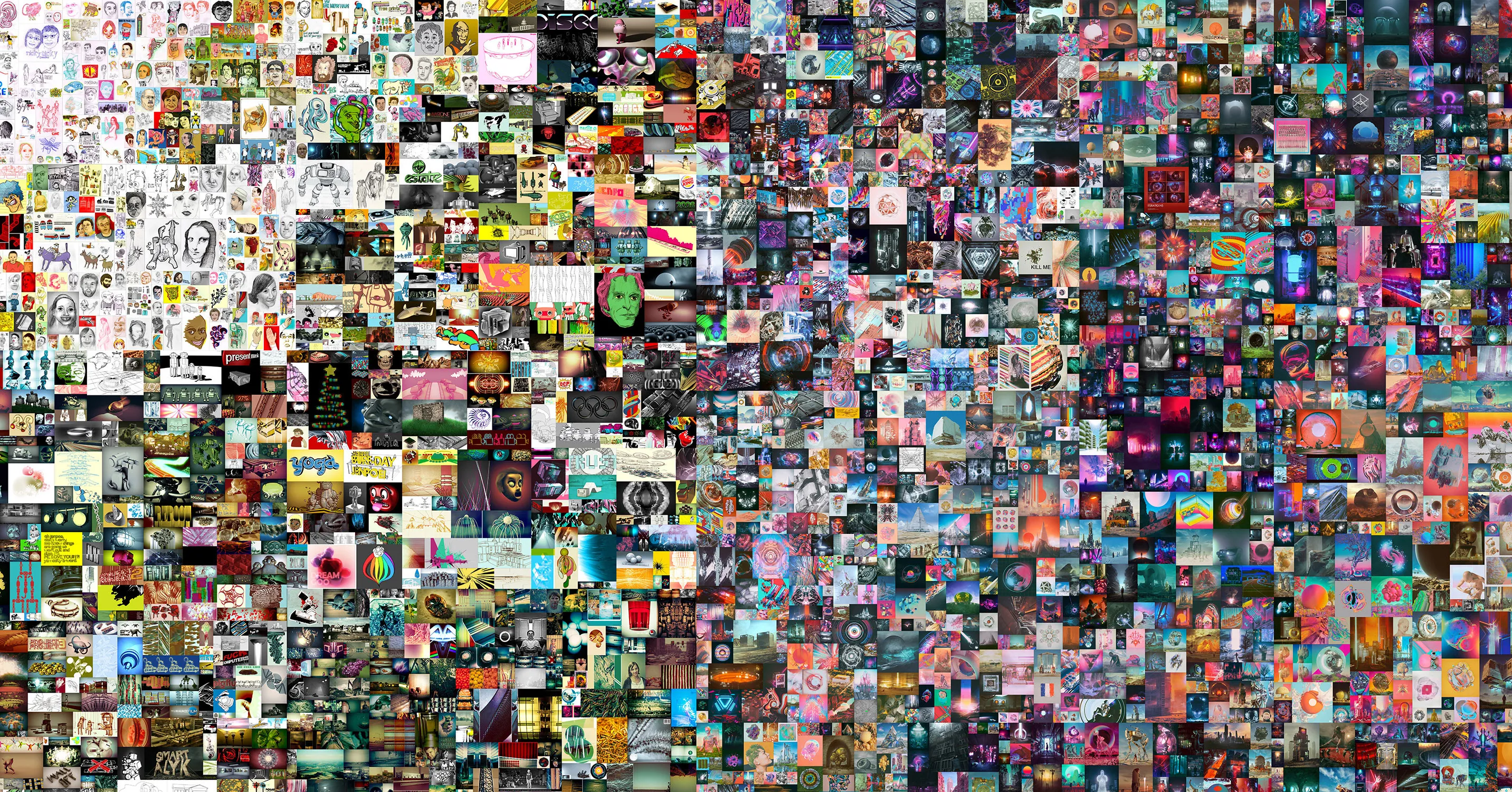


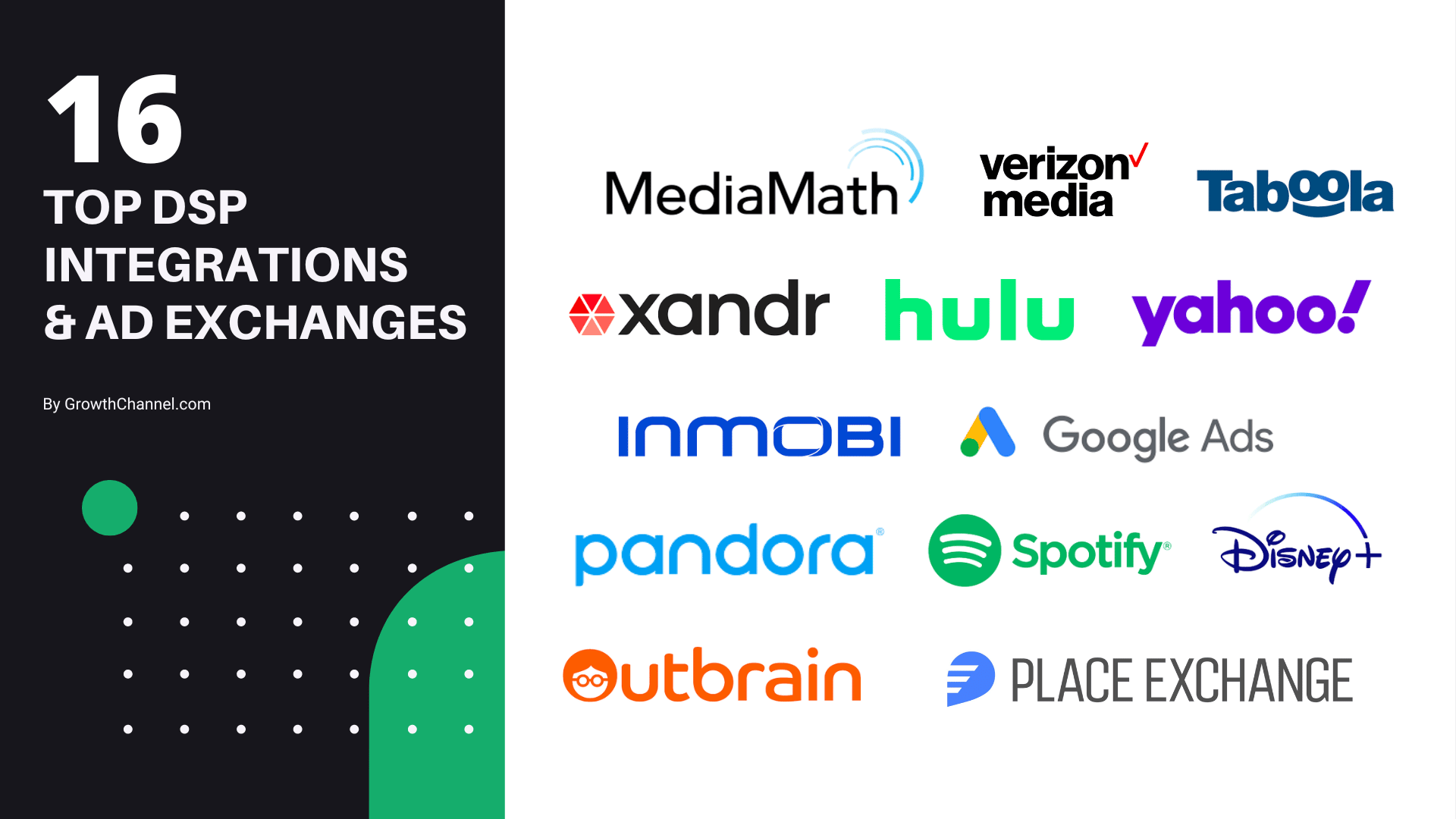




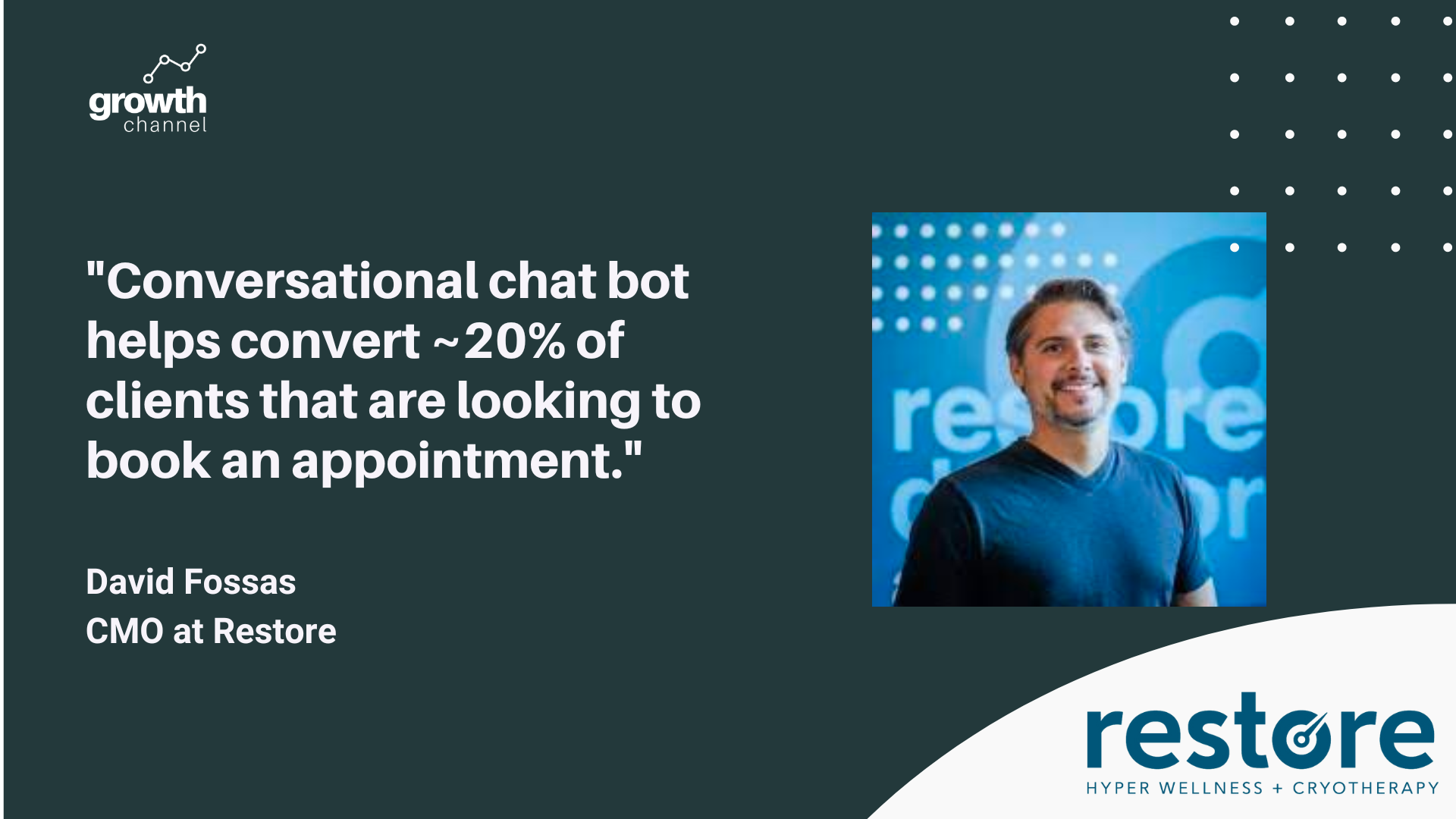
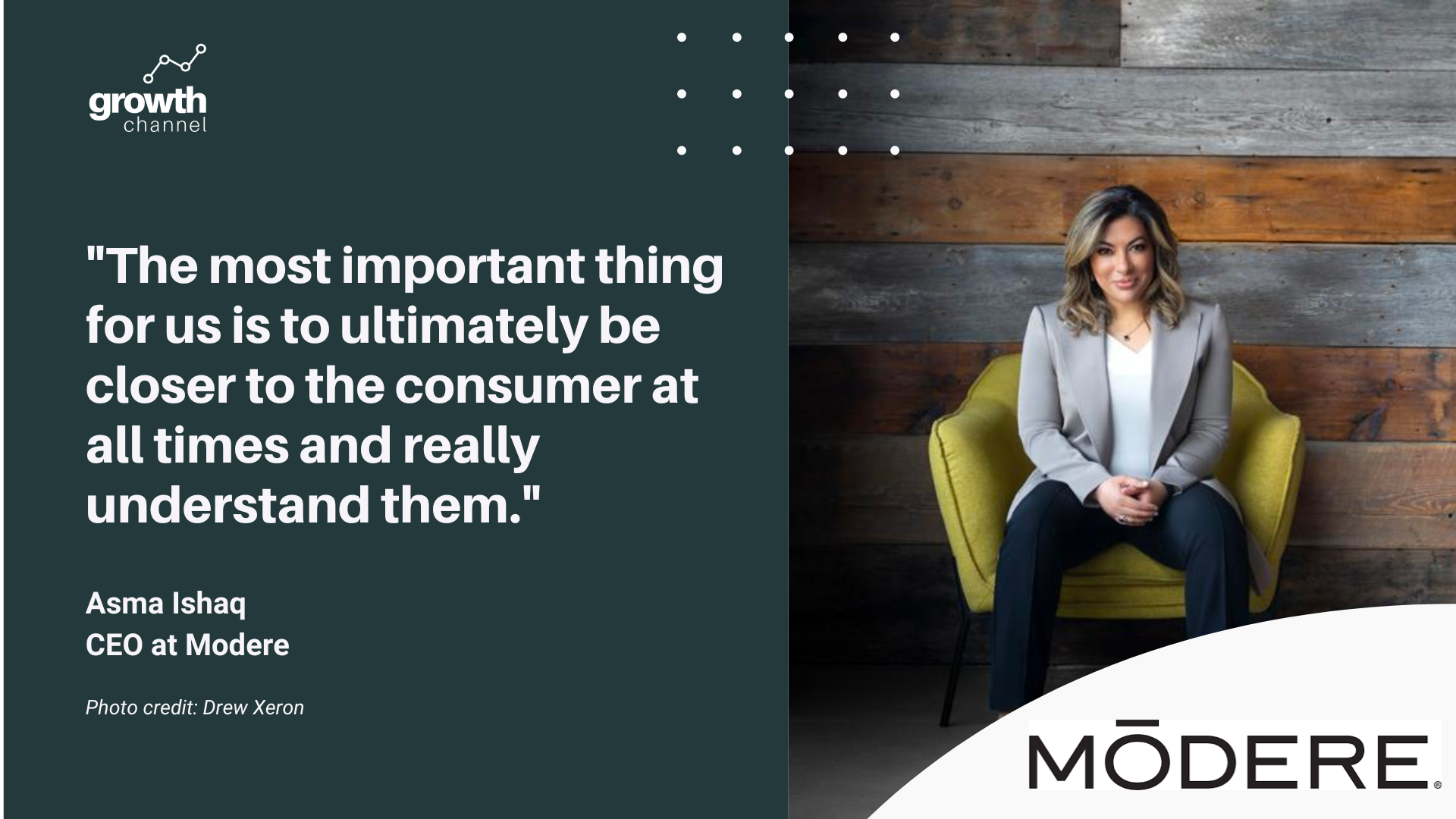

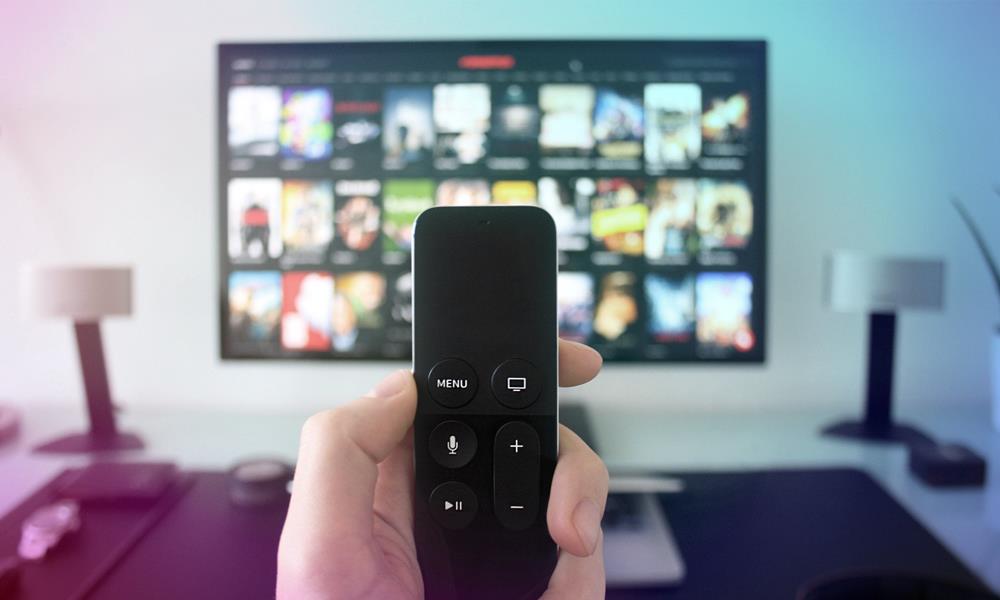

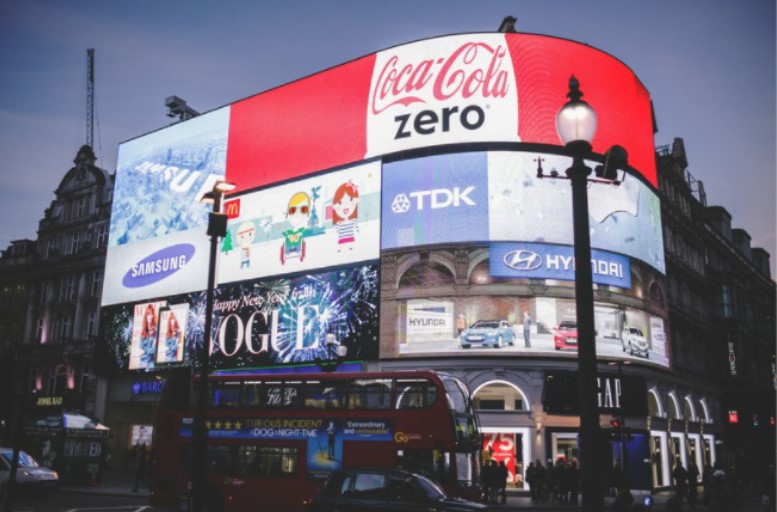
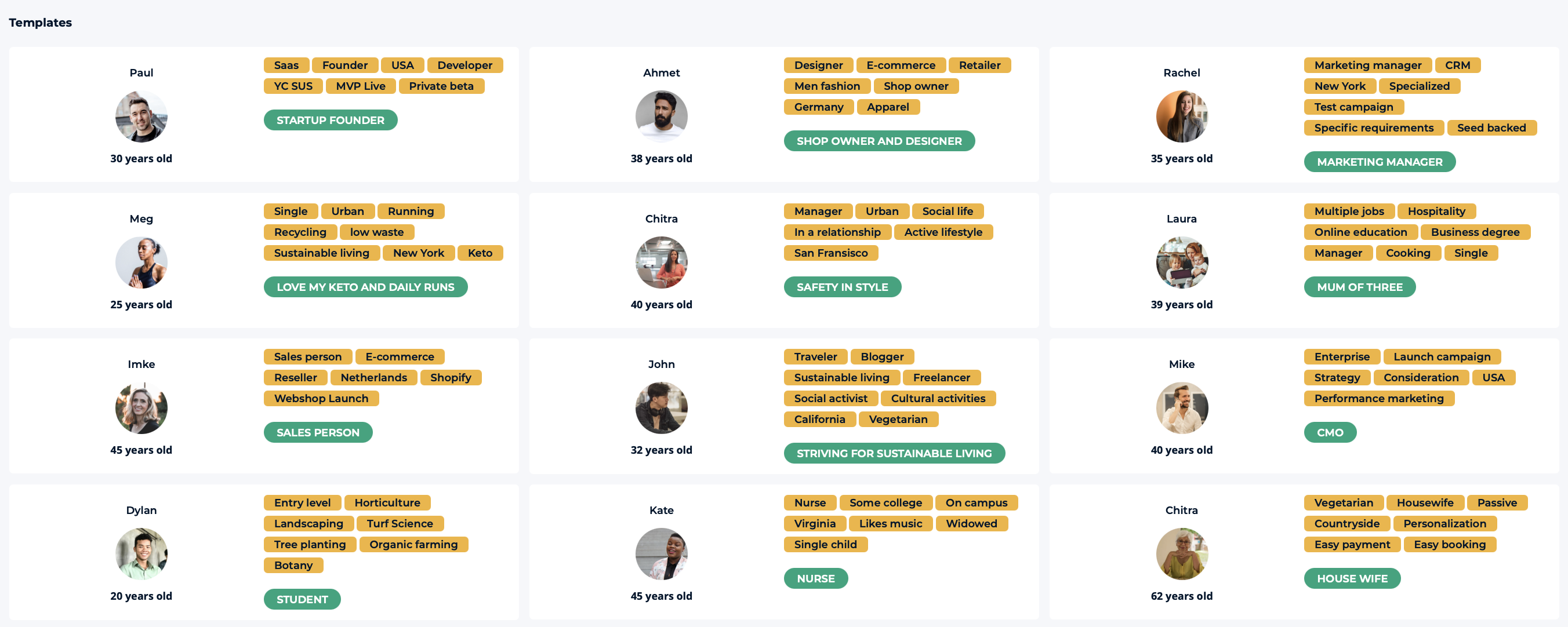
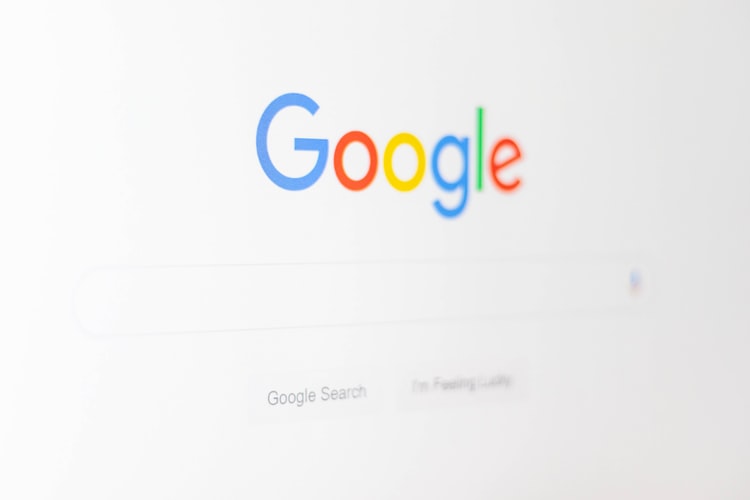

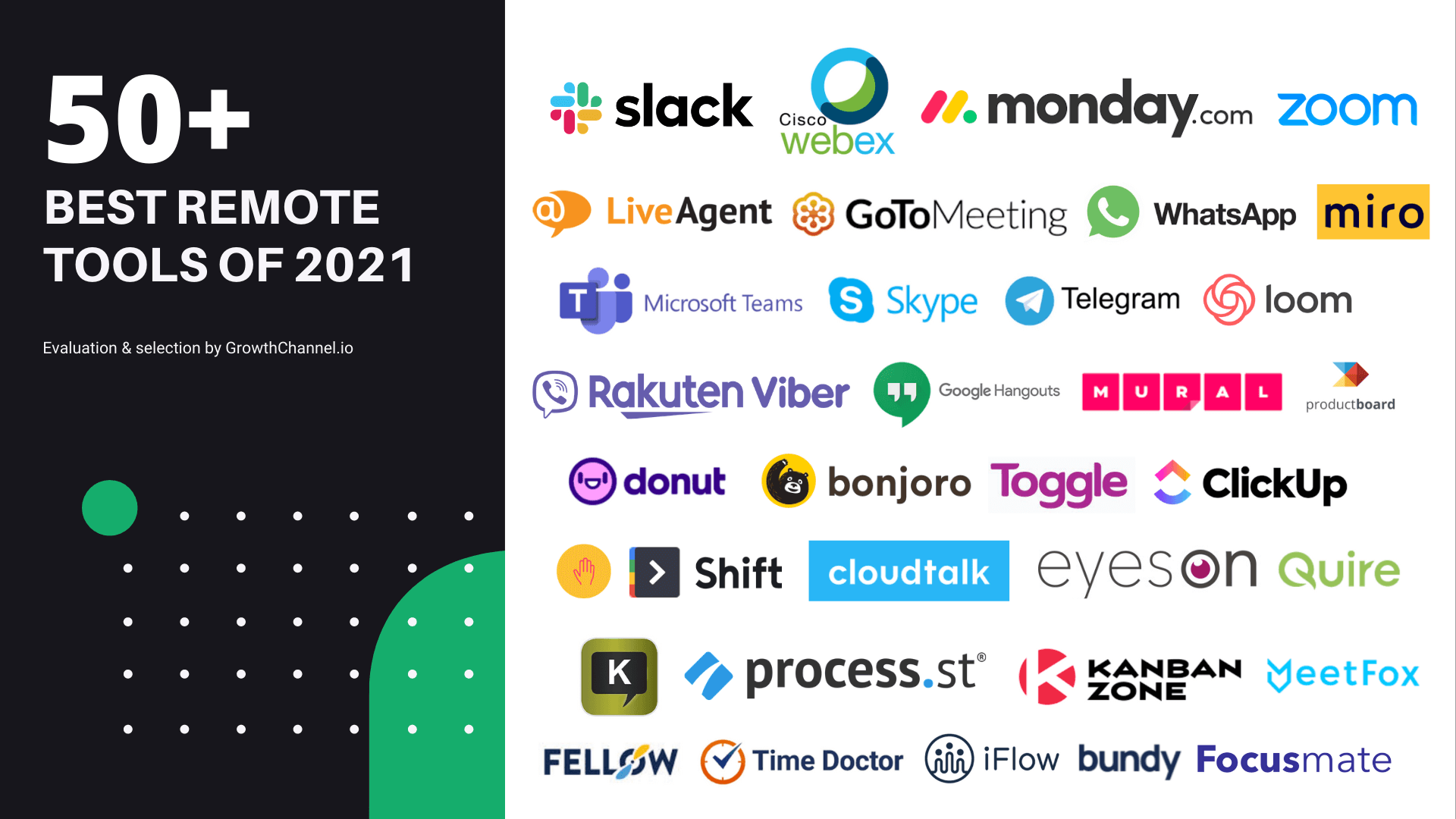
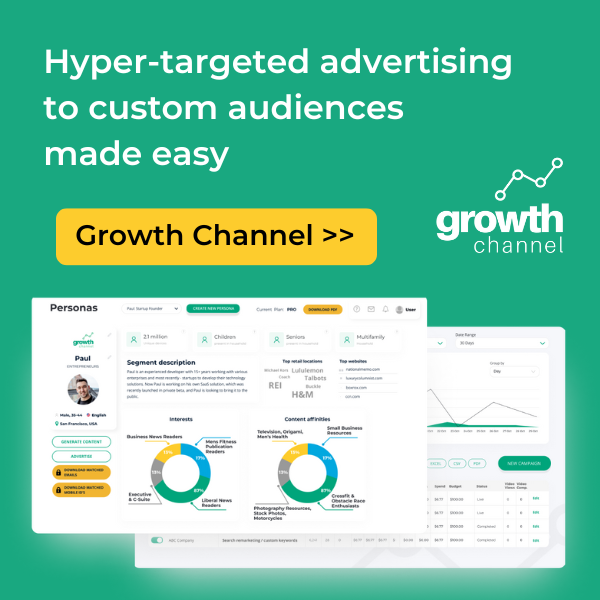
![Marketing and Startup Events To Join in 2021 [June - November]](https://d1pnnwteuly8z3.cloudfront.net/images/c43e0245-20dd-48fb-909f-21eca8322f61/e2f9c5df-a4d6-476f-9ce0-1254a4fa491a.png)
